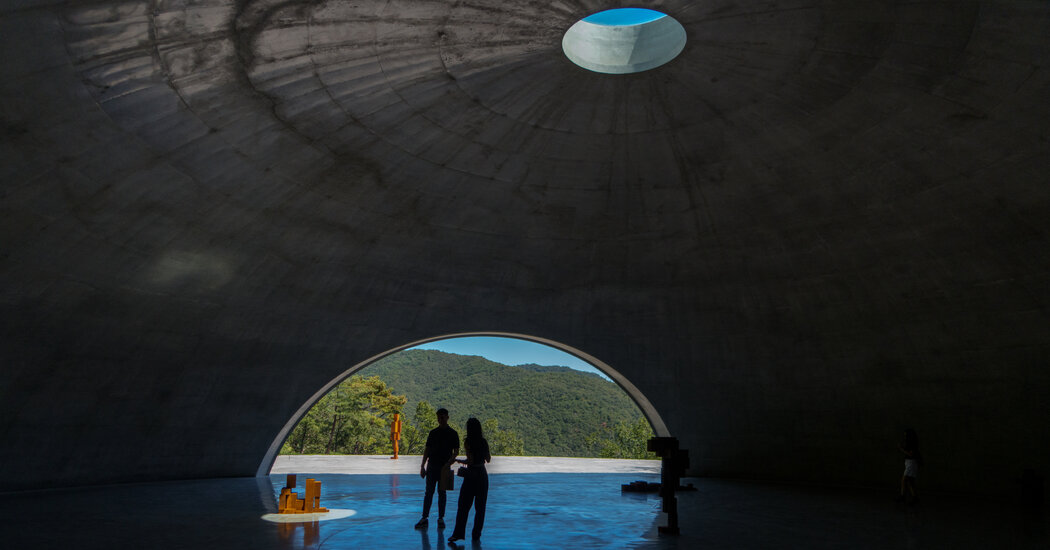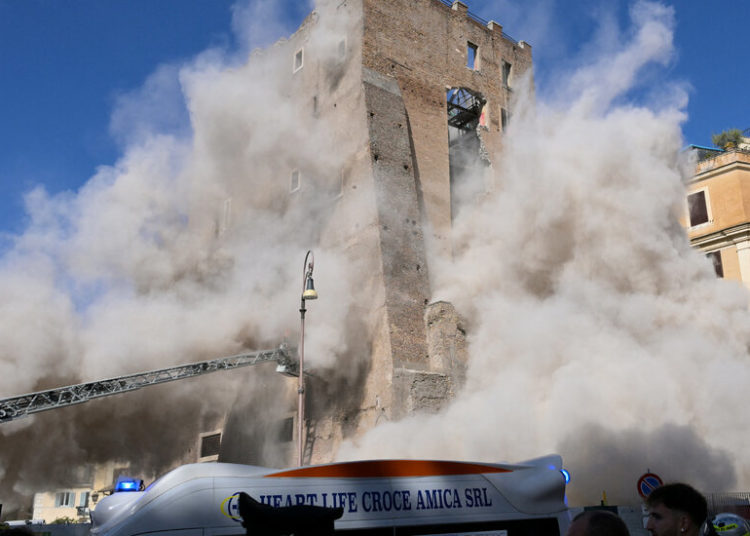The British artist Antony Gormley made his name designing sculptures that fit seamlessly into their surroundings.
He installed dozens of life-size figures on a beach, where some are swallowed by the surf every few hours. Others stand in farm fields or on city rooftops, staring mutely back at us as abstract meditations on how we relate to our environment.
But Gormley, 75, took a different approach for his latest big installation. Instead of designing sculptures for an existing landscape, he worked with an award-winning architect to create a new home for them: an underground art cave inspired by a 2,000-year-old Roman dome.
“It was a bit cheeky, in a way,” Gormley said of his ambitious proposal for the installation at Museum San, a campus of minimalist concrete buildings set among pine forests in Wonju, South Korea.
The installation, “Ground,” opened at Museum San in June. It’s the first-ever collaboration between Gormley and Tadao Ando, a Pritzker Prize-winning Japanese architect who built the museum’s other structures, and the latest major installation in South Korea, a country with a booming contemporary art scene.
The post Inspired by Rome’s Pantheon: An Underground Art Cave in South Korea appeared first on New York Times.




